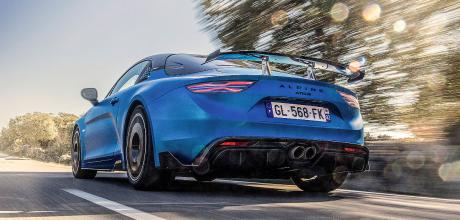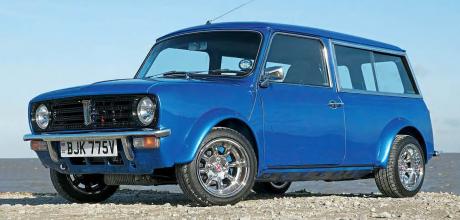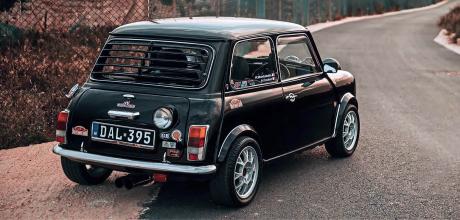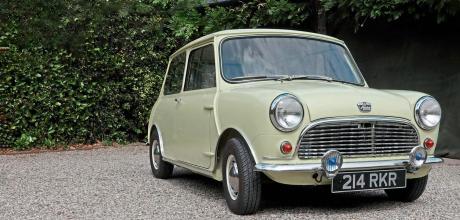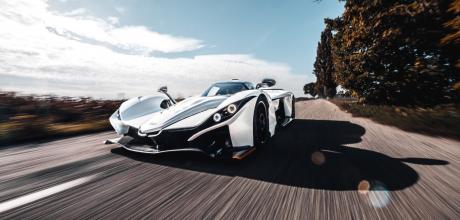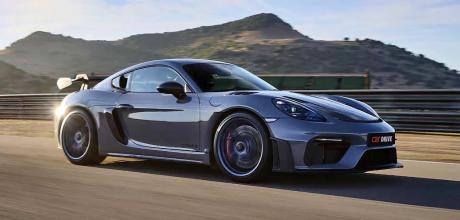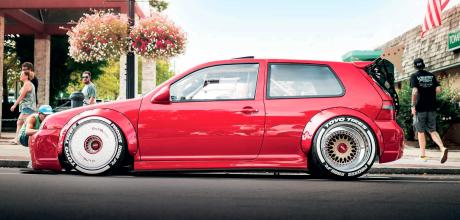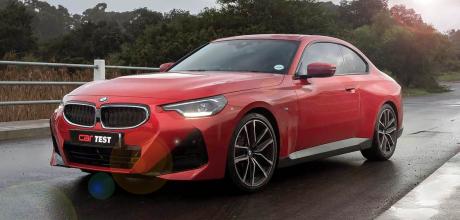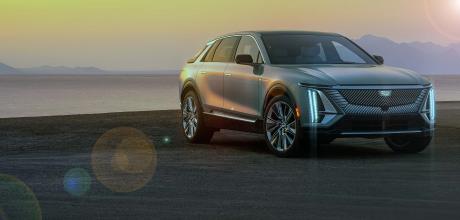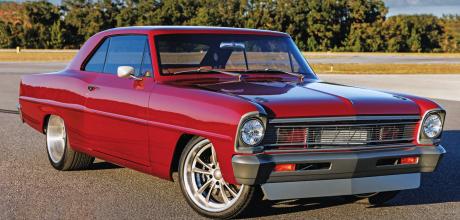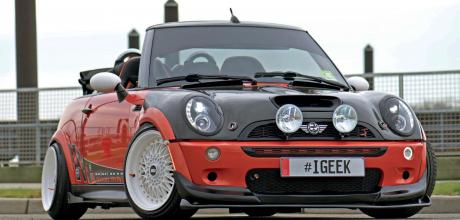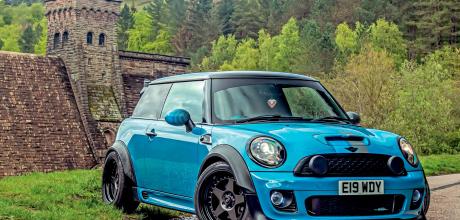Editor's comment
F1, round two
McLaren may have been swathed in some negative headlines and unwelcome speculation for quite a few years now, but it’s easy to forget that there was a time not so long ago when the company was not only unimpeachable but untouchable.
Its utter dominance of Formula 1 may have drawn to a close in 1990, but there were still spurts of brilliance, seemingly coming towards the end of each decade. And even when it wasn’t winning, McLaren was still always a contender, still a very big fish in the paddock. Then, after the turn of the millennium, design – especially British design – suddenly became a big deal, as the world’s purchasing ethos shifted from people only wanting everything as cheaply as possible to swathes of people being prepared to pay a premium for excellence built on flawless or innovative engineering. Especially if it was blue-blood British. Just ask James Dyson.
The time was ripe for McLaren to launch itself into road cars, the company image, the sterile headquarters in Woking (from which my rotten old nail was once evicted on aesthetic grounds, but that’s another story) all suggesting a laboratory from which only purity and genius could emerge.
Of course, there had been McLaren road cars before, but this was a whole different ballgame to the one-off M6GT that Bruce McLaren himself drove around Woking, or the F1, which will forever remain as much a high-volume science experiment as a low-volume car.
The acute singularity of purpose of McLaren’s previous road cars meant that, really, the MP4-12C was its first real ground-up production car, a high-performance supercar with its own singular purpose: to give a bloody nose to Ferrari. And it did. As you always knew it would, with Ron Dennis at the helm.
Not only that, though, the MP4-12C (or 12C as virtually everyone would have it) was the strategic foundation for everything that has come since, McLaren seamlessly melding its rich heritage with cutting-edge technology… and so much pace. Whatever McLaren’s current woes, the 12C was a high watermark for a remarkable company at the height of its powers. I’m not saying everything has gone downhill since, but even today the 12C is still the one I’d want, not just for what it can do, but also the enormity of what it represents.
McLaren may have been swathed in some negative headlines and unwelcome speculation for quite a few years now, but it’s easy to forget that there was a time not so long ago when the company was not only unimpeachable but untouchable.
Its utter dominance of Formula 1 may have drawn to a close in 1990, but there were still spurts of brilliance, seemingly coming towards the end of each decade. And even when it wasn’t winning, McLaren was still always a contender, still a very big fish in the paddock. Then, after the turn of the millennium, design – especially British design – suddenly became a big deal, as the world’s purchasing ethos shifted from people only wanting everything as cheaply as possible to swathes of people being prepared to pay a premium for excellence built on flawless or innovative engineering. Especially if it was blue-blood British. Just ask James Dyson.
The time was ripe for McLaren to launch itself into road cars, the company image, the sterile headquarters in Woking (from which my rotten old nail was once evicted on aesthetic grounds, but that’s another story) all suggesting a laboratory from which only purity and genius could emerge.
Of course, there had been McLaren road cars before, but this was a whole different ballgame to the one-off M6GT that Bruce McLaren himself drove around Woking, or the F1, which will forever remain as much a high-volume science experiment as a low-volume car.
The acute singularity of purpose of McLaren’s previous road cars meant that, really, the MP4-12C was its first real ground-up production car, a high-performance supercar with its own singular purpose: to give a bloody nose to Ferrari. And it did. As you always knew it would, with Ron Dennis at the helm.
Not only that, though, the MP4-12C (or 12C as virtually everyone would have it) was the strategic foundation for everything that has come since, McLaren seamlessly melding its rich heritage with cutting-edge technology… and so much pace. Whatever McLaren’s current woes, the 12C was a high watermark for a remarkable company at the height of its powers. I’m not saying everything has gone downhill since, but even today the 12C is still the one I’d want, not just for what it can do, but also the enormity of what it represents.




